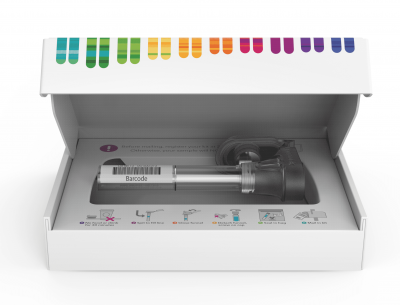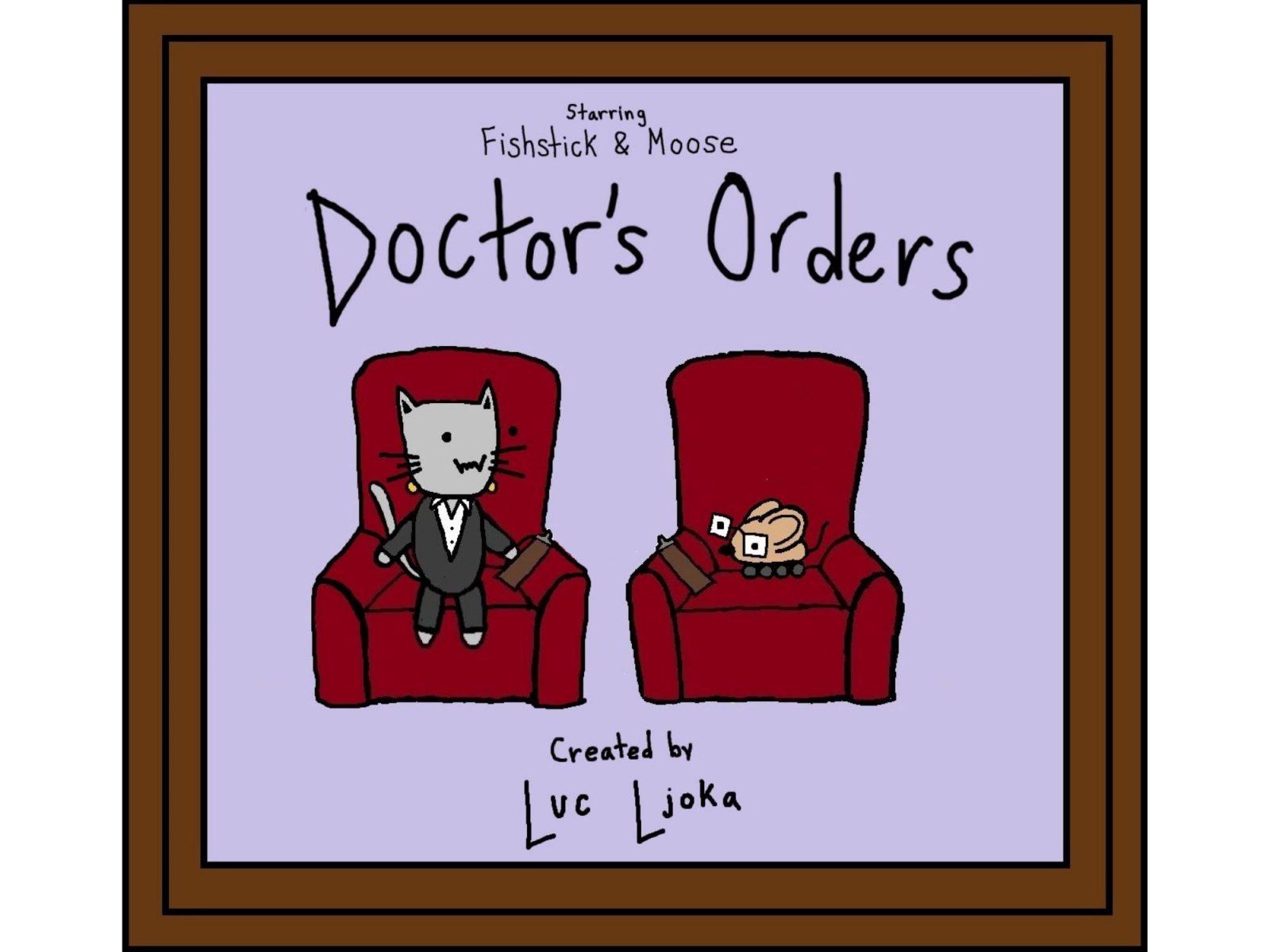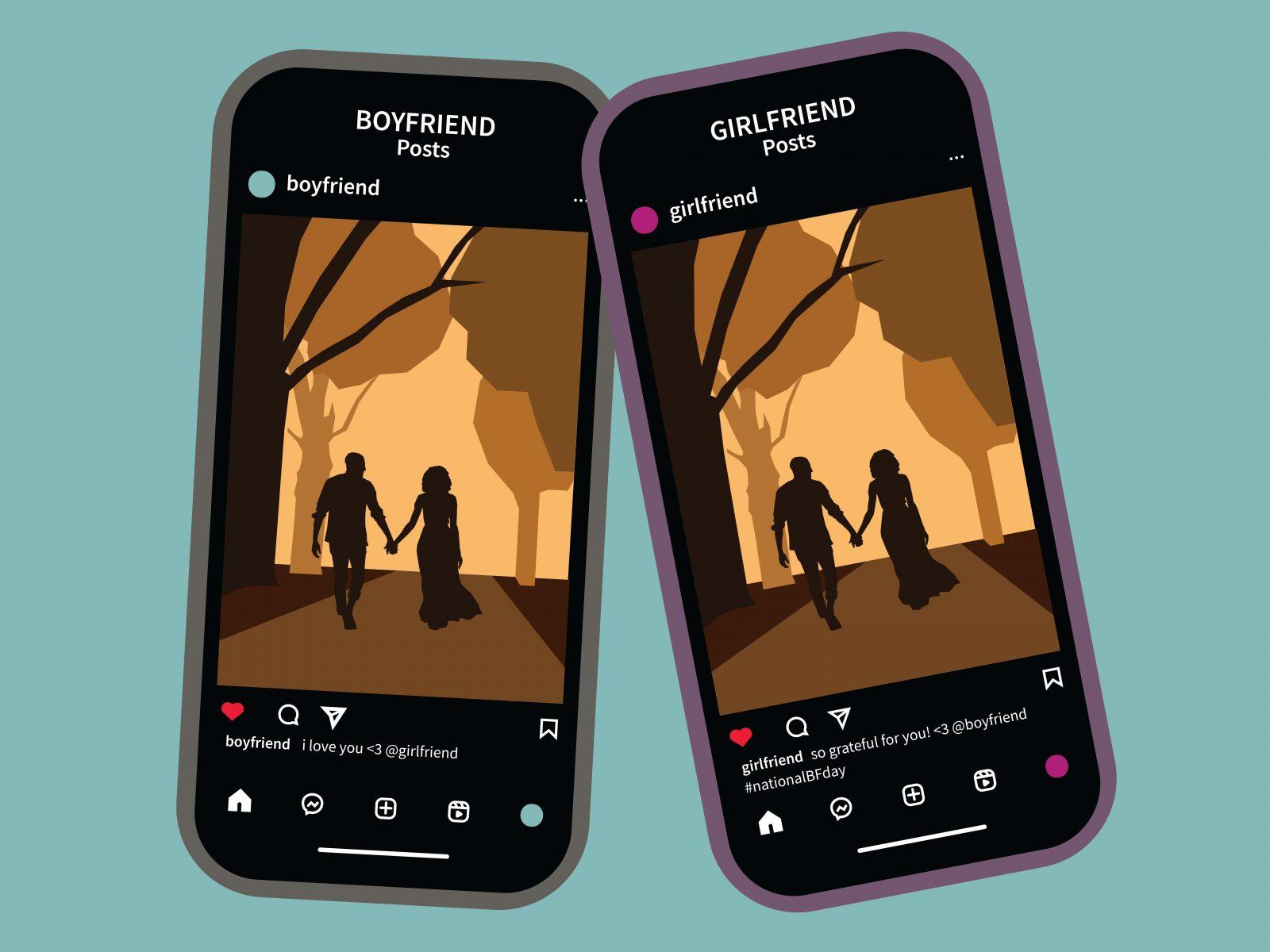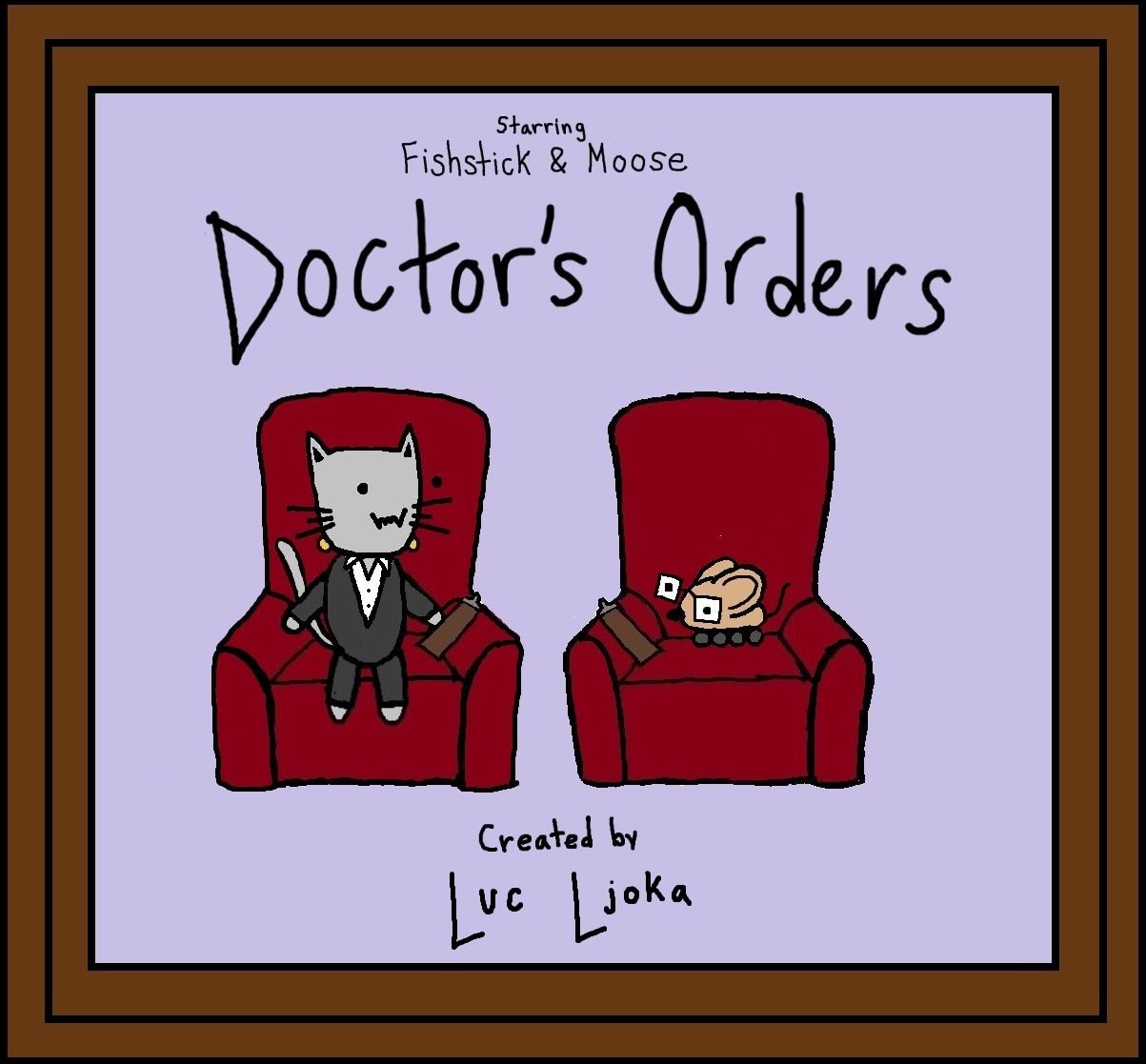Humans are complex creatures. Our genes, which we inherit from our parents, carry our biological lineage. If you think about it, even the smallest amount of our unique DNA is shared with our most distant relatives.
If you’ve ever drawn a family tree for school, it may seem like an easy task to write your parents, grandparents or great-grandparents’ names and paste photos beside them. You may know who they are, but what about where they come from?
You’ve heard stories about that great-grandmother from Greece, or maybe you’re part Vietnamese or it could be that you have Native American roots. In our globalized world, it is no surprise that most of us are a mix of different races and ethnicities.

But it’s hard to discern fact from fiction when family heritage comes into the conversation. It can be even more confusing when each family member has a different story about your family history. Luckily, your genetics provide living evidence of your heritage.
You can discover your heritage through DNA testing. DNA test kits on the market include 23andMe, AncestryDNA and The Genographic Project.
For 23andMe, the process is simple: purchase a test kit at your local CVS or Walgreens, spit in the sample, mail the box and register online. Within a few weeks, you will receive your ancestry composition online. The locations of your ancestors’ origins will be highlighted on a world map, with breakdowns and percentages from specific areas.
Out of curiosity, I bought the 23andMe test kit from CVS and registered online, all for $99. I thought the tube was small, but the spitting process turned out to be laborious. However, it was a straightforward process overall.
After sending off my kit, I began to ask my family about my ancestry. I was surprised by how little my parents knew about their heritage. Although we definitely knew where my parents and grandparents were from, the lines became blurred as we climbed up the family tree. They gave me vague answers about my great-grandparents on my mother’s side possibly being European, while my father’s side of the family couldn’t decide if our last name sounded more Persian or Indian.
My results were released a month later online, and I was pleasantly surprised. Although I am mostly Middle Eastern, I found out I have 15% Indian ancestry. It’s as if I found a missing piece to the puzzle. The results made me appreciate and look into Indian culture and traditions more. I felt more connected to my paternal family and learned something new about myself.
DNA ancestry test kits are not 100% accurate because they depend on sample populations. This means there is less data on certain ethnic and regional groups. However, they can give you a broad overview of your ancestry when combined with your own knowledge of your family history.
With test kits being widely available now and our world being more diverse than ever before, taking an ancestry test can help you discover your rich heritage.
























































































































